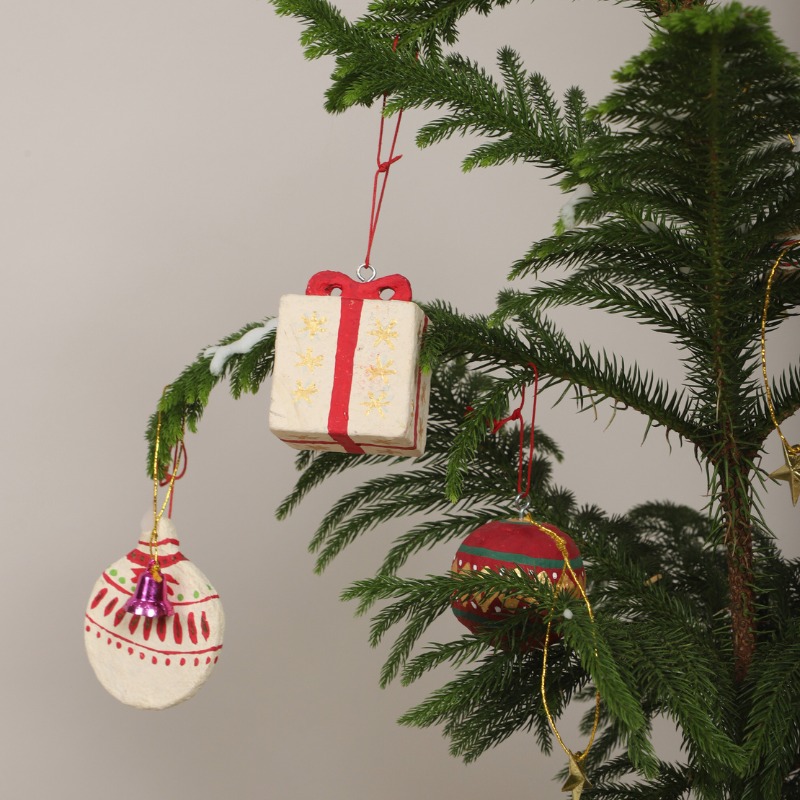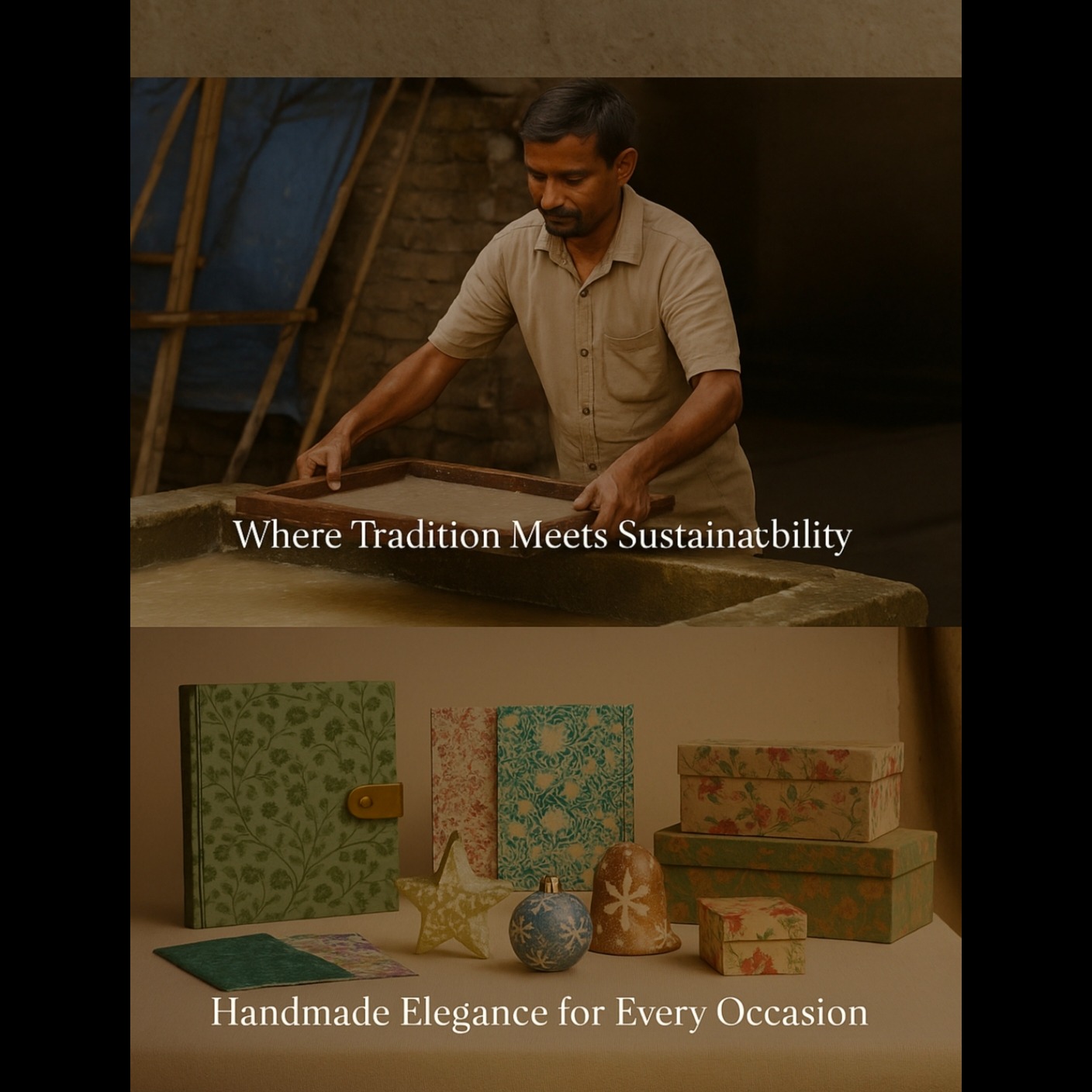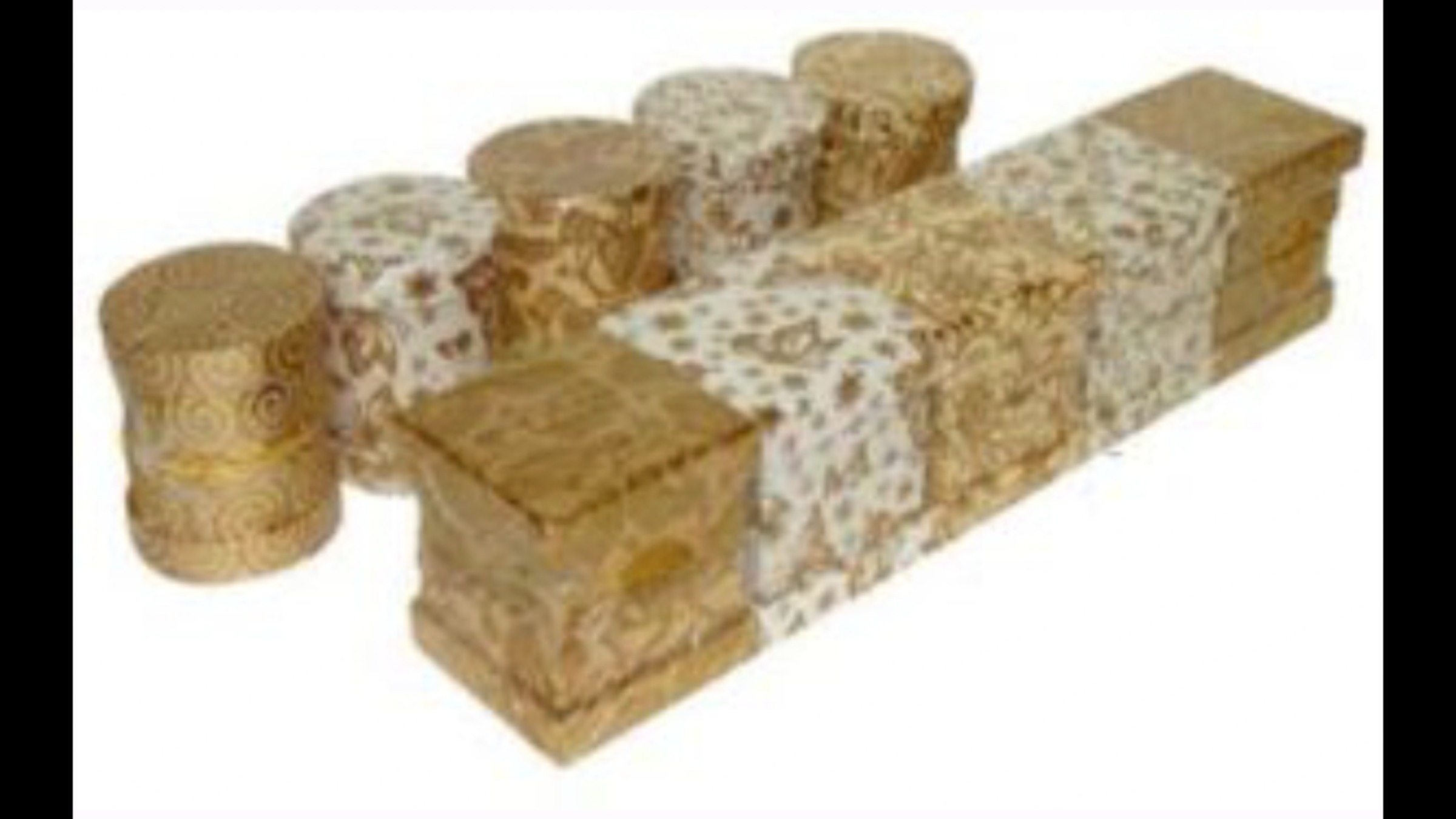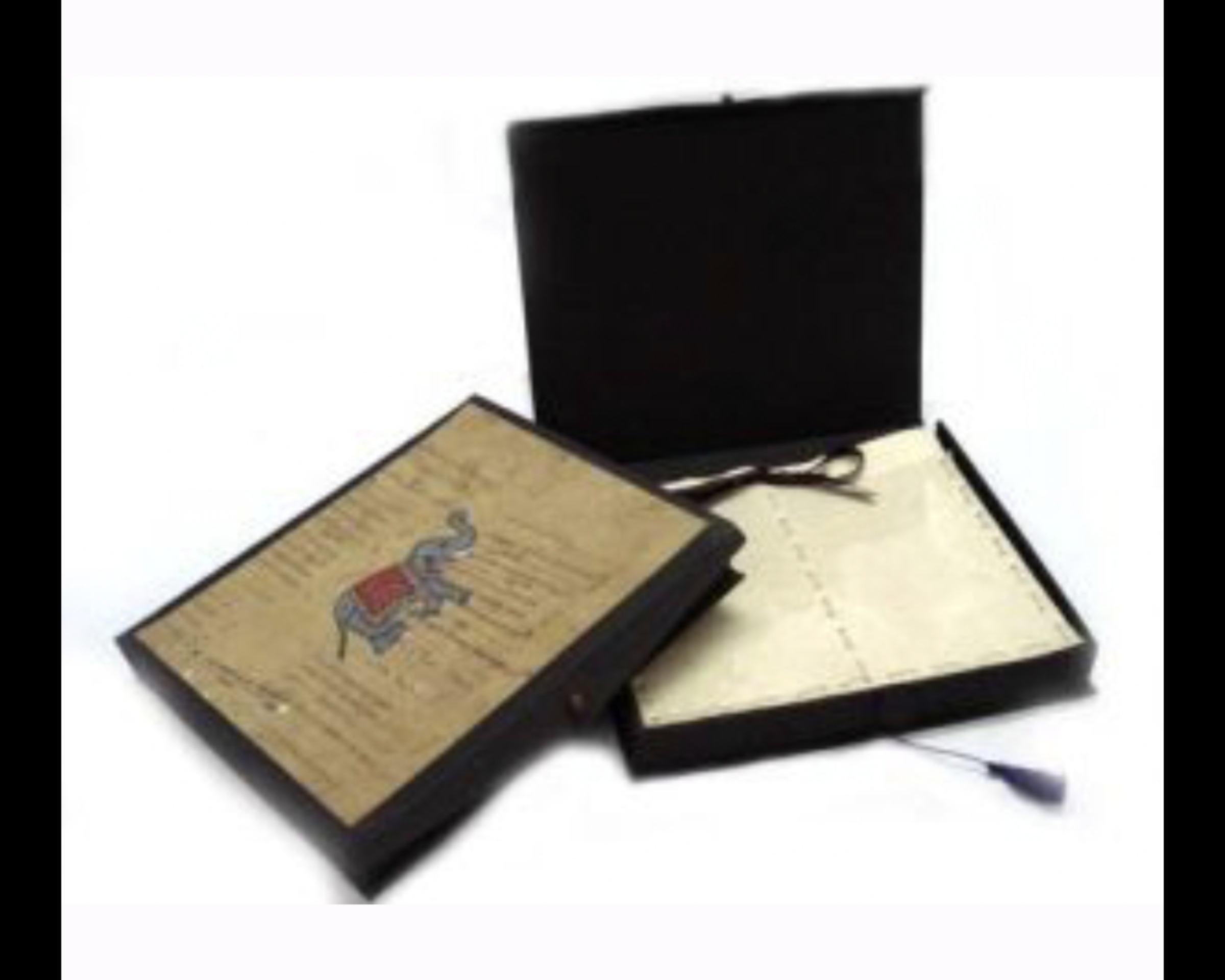
A handmade notebook is a notebook that is created using manual methods and craft techniques rather than being mass-produced by machines. Handmade notebooks are often appreciated for their uniqueness, personal touch, and artistic value. They can be crafted using a variety of materials and techniques, allowing for customization and creativity. Here's a brief overview of how a handmade notebook might be created:
Materials Selection: The process begins with choosing the materials for the cover and pages of the notebook. This can include selecting high-quality paper, fabric, leather, or other materials for the cover, and deciding on the type of paper or pages to use inside.
Cutting and Preparation: The chosen materials are then cut to the desired size for the notebook. The cover material is often cut slightly larger than the pages to allow for folding and binding.
Folding: If the notebook is made from folded sheets of paper, the pages are carefully folded in half or according to the desired size. This creates the individual pages of the notebook.
Binding: Binding is a critical step in creating a handmade notebook. There are various binding methods, such as saddle stitching, coptic stitching, long-stitch binding, and more. Each method has its own aesthetic and functional qualities. Binding involves sewing the pages together and attaching them to the cover.
Decorative Elements: Handmade notebooks often feature decorative elements that add a personal touch. This can include hand-painted covers, embossing, stamping, collage, calligraphy, or other artistic techniques. These elements contribute to the uniqueness of each notebook.
Finishing Touches: After the notebook is bound and decorated, any loose threads are trimmed, and final adjustments are made to ensure the notebook is well-crafted and visually appealing.
Quality Control: The final product is inspected to ensure that the pages are secure, the binding is sturdy, and any decorative elements are properly affixed.
Handmade notebooks can serve a variety of purposes, such as personal journals, sketchbooks, scrapbooks, guest books, or gifts. They often appeal to individuals who value craftsmanship, creativity, and the tactile experience of using a unique and carefully crafted item.
Keep in mind that the process described here is a general overview, and the specific steps and techniques can vary depending on the style and creativity of the person creating the handmade notebook.
Keywords
item
type
mind
half
style
paper
gifts
fabric
sheets
leather
process
variety
folding
Cutting
collage
machines
stamping
purposes
embossing
aesthetic
creativity
uniqueness
scrapbooks
individuals
sketchbooks
Preparation
guest books
calligraphy
desired size
loose threads
critical step
customization
craftsmanship
final product
specific steps
cover material
brief overview
personal touch
artistic value
manual methods
Quality Control
other materials
individual pages
craft techniques
general overview
coptic stitching
saddle stitching
personal journals
final adjustments
Finishing Touches
tactile experience
Handmade notebooks
Decorative Elements
long-stitch binding
hand-painted covers
Materials Selection
functional qualities
various binding methods
other artistic techniques



